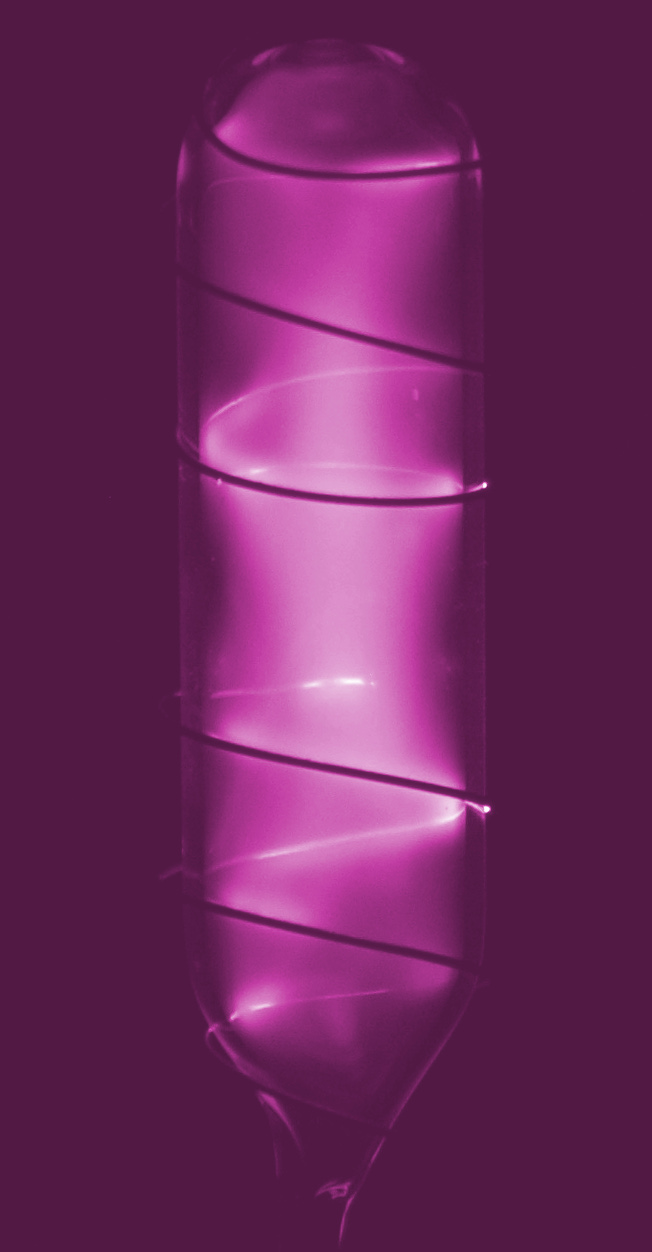Noble gases probed
 Australian researchers are finding out how the noble gases can be used to treat health issues.
Australian researchers are finding out how the noble gases can be used to treat health issues.
CSIRO has partnered with a major medical gas company, Air Liquide Healthcare, to reveal how the noble gases’ interactions with proteins could be used for treatments.
“Proteins play an essential role regulating a body’s tissues and organs,” says CSIRO’s Dr Aaron Thornton.
“Haemoglobin, for instance, is the protein that carries oxygen from the lungs to where exactly in the body it’s needed.
“We took a massive online database of 140,000 protein structures and used computer modelling to show how noble gases would interact with them at the molecular level.”
It has already been established that noble gases such as helium, neon, argon, krypton, and especially xenon have biological effects that could lead to medical discoveries, but exactly what they do to the body and how they do it remains a mystery.
The CSIRO team has used computer modelling to see where noble gases mesh with a human protein.
“It’s allowed us to bring this complex biochemistry into sharp focus and turned biomedical ‘pin the tail on the donkey’ into millions of potential leads instead,” Professor Dave Winkler from CSIRO and the Monash Institute of Pharmaceutical Sciences said.
“Researchers can now take these leads and see if they can turn them into medical breakthroughs.
“Each simulation has a million energy grid points and over 20TB of raw data was generated during the project.”
So far CSIRO and Air Liquide Healthcare have found links that could potentially open up new research directions on new medical applications in a broad range of medical fields covering the central nervous system, inflammatory or metabolic disorders.
“This is only the start,” added Dr Thornton.
The team also created an intuitive, interactive online visualisation platform to help medical researchers interact with the data and make their own discoveries.
“It’s an example of how CSIRO partners with industry to address research challenges, and help create a better future for everyone,” he said
Some of the research so far has been published in medicinal chemistry journal ChemMedChem.








 Print
Print